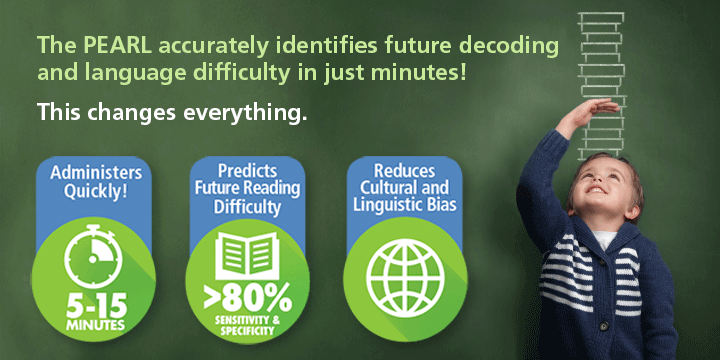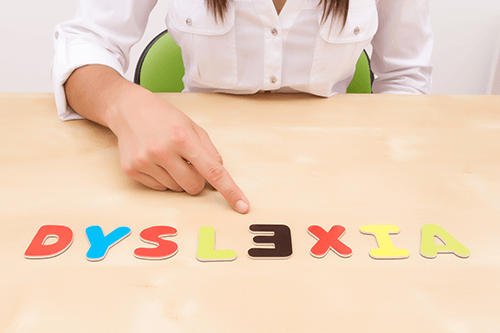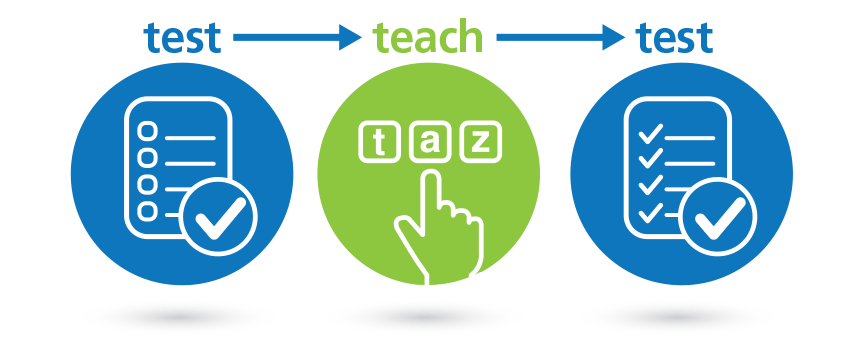[vc_row css=”.vc_custom_1533499822608{background-color: #ffffff !important;}”][vc_column][vc_column_text]
[/vc_column_text][/vc_column][vc_column][vc_column_text]
Combat dyslexia with the predictive power of the PEARL
The International Dyslexia Foundation states that between 15% and 20% of the population have a language-based learning disability, dyslexia being the most common of these. For these students, early screening matched with meaningful, targeted and systematic intervention is key to help a student achieve academic success. Quite often these students don’t get noticed until they show significant signs of struggle, often times at a point where it is difficult to make significant gains. The predictive power of the PEARL is a game changer for these students.
[/vc_column_text][/vc_column][/vc_row][vc_row][vc_column][vc_column_text]
Meaningful early intervention starts with an accurate screener.
- Accurately predicts future decoding and comprehension difficulty in minutes.
Sensitivity and specificity analyses of the PEARL across over 1000 students indicate that the Decoding and Language subtests yield sensitivity and specificity above 80%, and that these results can be obtained after a very brief screening process. - Reduces cultural and linguistic bias, accurately predicting of the information used to predict future reading and language difficulty for diverse children.
Across culturally and linguistically diverse students (including Hispanic students, Native American students, and students from lower socio-economic backgrounds), the PEARL yielded sensitivity and specificity at or above 80%, indicating limited assessment bias and excellent predictive validity for a diverse group of students. - Informs present level of performance of decoding and academically related language ability.
Results of the PEARL provide information on a student’s current ability to decode, and understand and use complex language. - Helps ascertain a student’s zone of proximal development and specific deficits and strengths related to decoding and language.
Results of the PEARL help an interventionist understand how much support a student might need to successfully decode and understand and use complex language, and identify which specific intervention goals would be most appropriate for an individual student.
[/vc_column_text][/vc_column][/vc_row][vc_row][vc_column][vc_column_text]
Do you know which students will struggle with decoding and comprehension?
The PEARL provides measures of decoding and comprehension well before a student learns how to read.
The Predictive Early Assessment of Reading and Language (PEARL) screener employs an innovative assessment approach referred to as dynamic assessment. Through dynamic assessment, the PEARL measures the construct of modifiability (the ability to learn something new) in the domains of decoding and literate (academic) language production and comprehension. The PEARL was carefully designed so that its content reflects skills that students will need to master in school.
What does this mean for you as a teacher? You will know before you even start teaching your students, which will struggle in large group settings to understand decoding and language concepts. Instead of waiting until they fail, you will be able to immediately provide the necessary intervention to help these students make gains in their learning, increasing the chances the every student in your classroom succeeds.
[/vc_column_text][/vc_column][/vc_row][vc_row][vc_column][vc_column_text]
[/vc_column_text][/vc_column][/vc_row]




